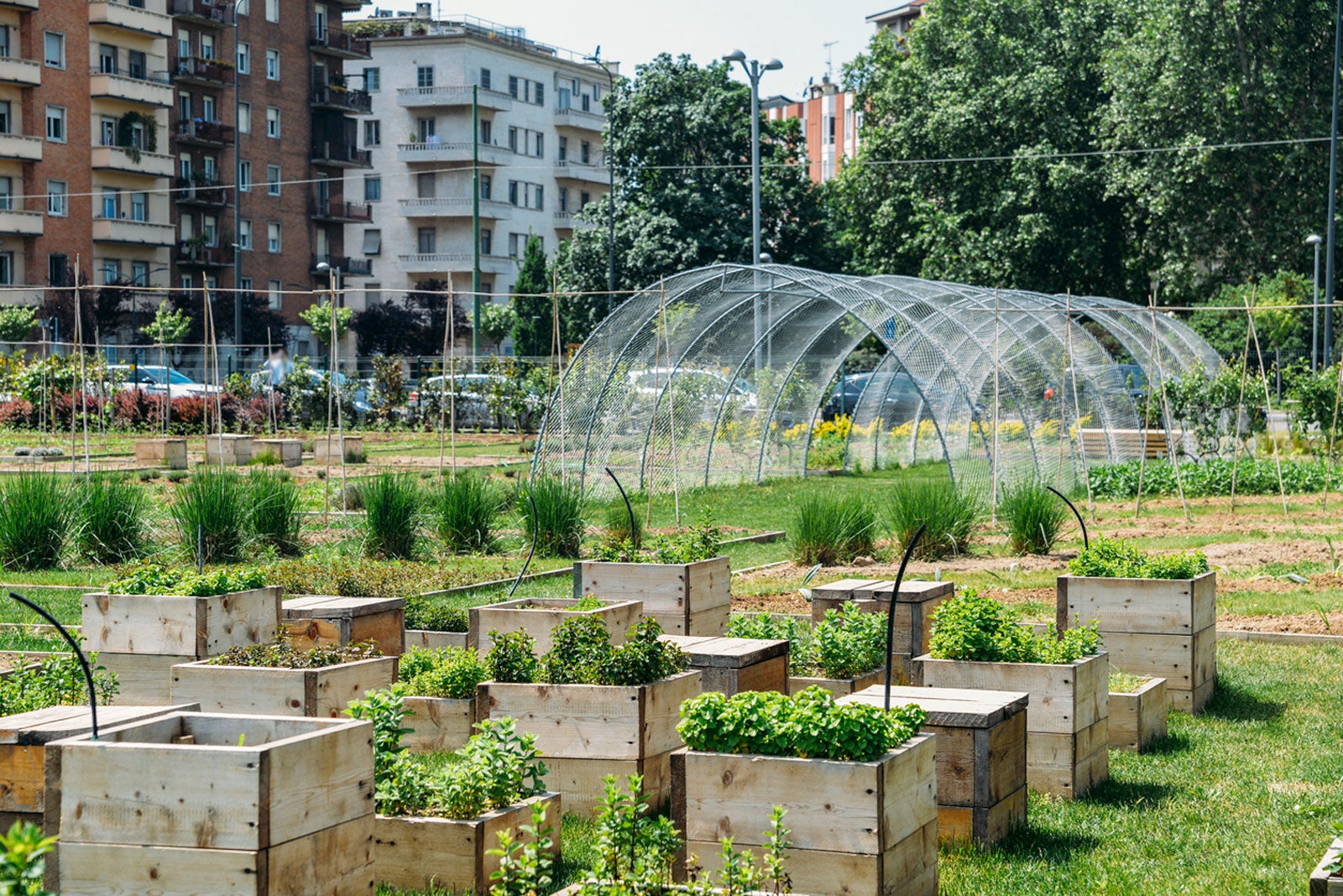Excitement About City Blooming
Excitement About City Blooming
Blog Article
What Does City Blooming Mean?
Table of ContentsSome Known Questions About City Blooming.All About City BloomingCity Blooming Can Be Fun For EveryoneThe Basic Principles Of City Blooming 6 Easy Facts About City Blooming Explained
Intrigued in growing food for sale in the City of Chicago? Below is a list of often asked questions relating to the guidelines and guidelines that farmers must consider when planning a metropolitan farming job.
The zoning change does not change any kind of various other codes handling composting, structure permits, purchasing or leasing City had property, business licenses or ecological contamination. There are existing codes that regulate these problems and they remain completely result and might be applicable to your job. Neighborhood yards are commonly had or handled by public entities, civic companies or community-based organizations and preserved by volunteers.
Urban ranches grow food that is planned to be offered, either on a nonprofit or for-profit basis. Due to their industrial purpose, urban farms require a business permit.
Not known Details About City Blooming
Composting is enabled however just for plant material that is generated and utilized on website. The amount of compost material can not surpass 25 cubic yards at any kind of given time according to the standards in 7-28-715 of the City's Municipal Code. Yes. Due to the fact that the dirt at most brand-new yard sites needs modifying, garden compost, soil, timber chips, or various other materials can be acquired to construct or improve the growing room - home and garden.

If a building permit is needed after that the hoophouse will be thought about an accessory building. You can locate out even more regarding the structure license needs by speaking to the Division of Buildings. The 25,000-square-foot size limitation is meant to prevent a single community yard from dominating a given block or taking away from the block's existing property or industrial character.
The restriction does not relate to gardens located in Public Open Room (POS) districts. Can there be more than one community yard that is 25,000 square feet on a single block? Yes. The size restriction applies to individual yards, not to individual blocks. No. Fence is not required, however, yards that have big parking lot may be called for to install secure fencing or other landscape design attributes.
Some Known Facts About City Blooming.
B1 & B2 districts need that all commercial usage activities be performed inside your home. R districts limit industrial site activity. The policies reflect the function and intent of the Zoning Code. Is fence needed for city farms? Yes. Fencings might be called for, along with landscape design and testing, for certain parking lot and outdoor work or storage space locations relying on area and the particular activity occurring.
Yes. Urban ranches need structure licenses and zoning approvals prior to building. Other forms of city evaluation may be needed depending on particular frameworks, activities, size, landscape design, licensing, public heath and stormwater monitoring problems. Many of these requirements are determined in the project style or allowing procedure, nonetheless, the applicant might be accountable to individually determine particular licenses or allows that may be needed.
Yes. The sort of license is figured out by what is taking place at the site. The Department of Organization Matters and Consumer Protection can help identify the particular kind of service license that's required. Yes. Off road vehicle parking is required for most industrial projects in Chicago. The called for variety of garage is based on the number of workers dealing with site and not the square footage of the growing area.
Fascination About City Blooming

An urban farm can offer compost material generated on website, however, the procedure has to abide with the regulations in 7-28-715 of the Chicago Municipal Code. Aquaponic systems are permitted inside your home on metropolitan farms in several zoning areas.
As much as five hives or colonies of honey may be kept as an accessory use. Nevertheless, beekeepers need to register with the Illinois Division of Farming. For more details about the recommended zoning amendment you may contact the Department of Housing and Economic Growth, Bureau of Planning and Zoning at 312.744.8563.
Farming in cities and urban locations A city ranch in Chicago. Urban agriculture describes numerous practices of growing. https://cityblooming.jimdosite.com/, handling, and dispersing food in metropolitan locations. The term likewise uses to the location tasks of animal husbandry, tank farming, beekeeping, and horticulture in a city context. Urban farming is distinguished from peri-urban farming, which happens in backwoods at the edge of suburbs.
A Biased View of City Blooming
, that look for to develop social networks started on a shared principles of nature and community holism. These networks can establish by means of formal institutional support, coming to be integrated right into local town planning as a "shift town" activity for sustainable city growth.
Some of the initial evidence of city agriculture comes from Mesopotamia.
Report this page